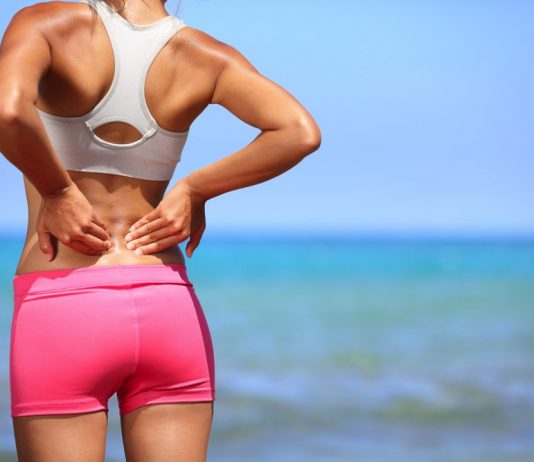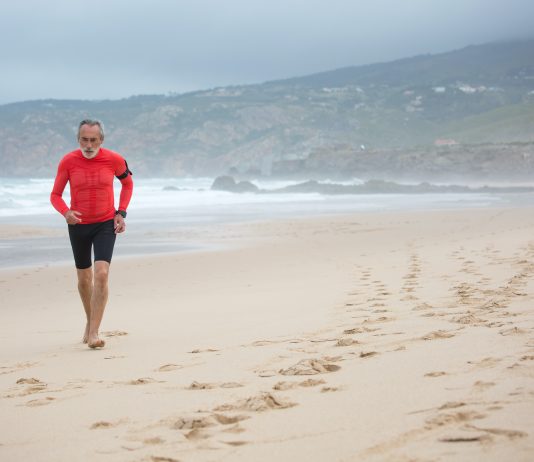Recent studies have shown that running shoes may actually be doing us more harm than good. A new review has suggested that wearing shoes changes the way we run, weakening the foot and increasing the likelihood of sports injuries. In fact, between 35 and 50% of runners are injured at any one time, with the most common injuries being to the knees, shins, ankles, and feet.
Running is an excellent form of exercise, but it can take a toll on your lower back if you don't take proper care of your body. The lower back plays a crucial role in maintaining an upright posture, but weaknesses in the core muscles, hips, glutes, and hamstrings can cause discomfort, pain, and spasms, putting runners at risk of injuries that can slow down progress.
When it comes to running, having strong and healthy legs is essential. But what you might not know is that squatting is one of the most effective ways to keep your legs and glutes strong. Although it can be challenging to trade a run day for strength training, the benefits of squatting for runners outweigh the cost of skipping a run. In this article, experts break down the advantages of squats and provide guidance on proper squat form.
Going barefoot allows you to feel where your foot lands relative to your center of mass, which muscles are activated, and whether you're maintaining your arch. Short periods of barefoot running can provide enough stimulation to recognize these imbalances and work to correct them.






